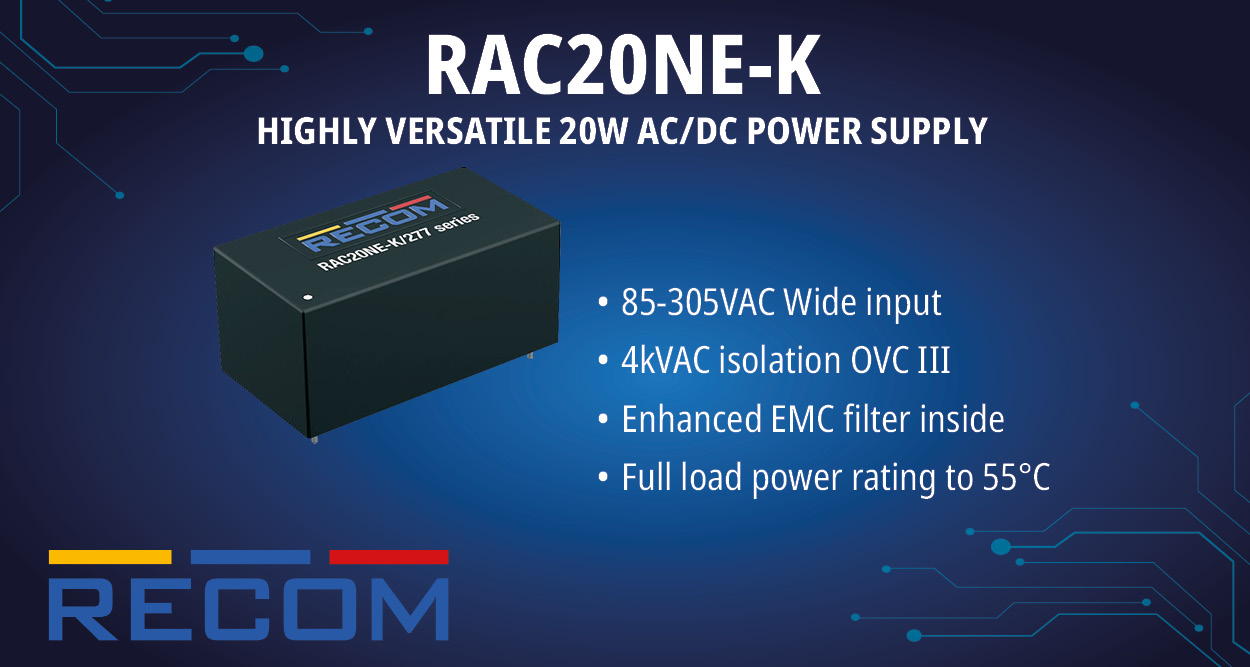The global data center market was valued at USD 217.65 billion in 2024 and is projected to reach approximately USD 481.73 billion by 2034, expanding at a compound annual growth rate (CAGR) of 11.4% from 2025 to 2034. This growth is fueled by rising demand for cloud computing, the widespread adoption of IoT devices, and the increasing use of data-intensive applications. Innovations such as AI integration, edge computing, and expanding IT infrastructure investments, particularly in line with regional digital transformation strategies, are key contributors to this market’s rapid evolution.
Key Growth Drivers
1. Accelerating Cloud Adoption
Cloud computing continues to be a major driver of the data center market, as organizations shift to cloud platforms for greater scalability, cost-efficiency, and accessibility. The growing popularity of hybrid cloud models, which blend public and private cloud infrastructures, is pushing investments in modern, high-performance data centers. Additionally, the global push for digital transformation—including the rise of SaaS applications—has solidified cloud computing as a critical infrastructure pillar.
In February 2024, Akamai launched Akamai Connected Cloud, delivering advanced cloud services designed to enhance distributed network capabilities, providing enterprises with better scalability, security, and performance.
2. Rising Demand for Digital Archive Storage
The exponential increase in born-digital and digitized content is driving the need for secure, scalable storage infrastructure. As businesses transition to remote work and digitize operations, demand for cloud-based, cost-effective storage has surged. For example, cloud service adoption in the U.K. public sector jumped from 38% in 2010 to 78% in 2023, with 84% of organizations now using multiple cloud services—highlighting the widespread reliance on digital storage solutions.
3. Expansion of Multi-Cloud and Hybrid Cloud Strategies
The shift toward multi-cloud and hybrid cloud environments is reshaping data center strategies worldwide. By leveraging multiple cloud service providers (e.g., AWS, Azure, Google Cloud, IBM Cloud), businesses can enhance performance, avoid vendor lock-in, and boost operational resilience.
Hybrid cloud adoption is also gaining momentum, blending on-premise infrastructure with public cloud platforms to improve scalability and data control. A notable example is the U.S. Department of Defense, which uses a hybrid model to manage sensitive data internally while accessing advanced cloud technologies like AI, ML, and data analytics through commercial providers. This reflects a broader industry trend toward flexible, optimized, and secure data management.
Segmental Analysis
By Components
The data center market is segmented into hardware, software, and services. In 2023, hardware dominated the market with a valuation of USD 105.4 billion, driven by the rising need for high-performance computing, storage solutions, and networking equipment. This segment comprises the physical infrastructure of data centers, including servers, storage arrays, and network devices.
Meanwhile, the software segment is projected to grow at a CAGR of 10.8% over the forecast period. This includes operating systems, virtualization platforms, management tools, and security software—critical for enabling software-defined infrastructure and automating operations to enhance efficiency and scalability.
By Type
The market is categorized into edge, colocation, enterprise, hyperscale, and high-performance computing (HPC) data centers.
- In 2023, the hyperscale segment led with a market size of USD 69.2 billion and is expected to grow at a CAGR of 7.2%. Hyperscale data centers support large-scale cloud service providers with vast computing and storage demands.
- Edge data centers focus on decentralizing processing by placing infrastructure closer to users, minimizing latency for real-time applications like IoT and video streaming.
- Colocation centers offer shared, secure infrastructure for multiple tenants, providing cost savings and operational efficiency.
- Enterprise data centers are privately owned by organizations to manage in-house operations and meet internal IT requirements.
- HPC centers cater to specialized needs in scientific computing, engineering simulations, and big data analytics.
By End-Use Industry
The market is segmented into BFSI, energy, telecom, healthcare, retail & e-commerce, entertainment, and others.
- In 2023, BFSI (Banking, Financial Services, and Insurance) led with USD 11.6 billion in revenue and is anticipated to expand at the highest CAGR of 11.1%. The sector requires secure, compliant, and high-availability infrastructure for managing sensitive data and financial transactions.
- The energy sector uses data centers for grid operations, trading, and renewable energy innovation, supported by advanced analytics.
- Retail & e-commerce companies leverage data centers for real-time transactions, customer analytics, and personalized digital experiences.
- Telecom, healthcare, and entertainment also show growing demand for reliable and scalable infrastructure.
By Power Capacity
Power capacity segmentation includes below 100 MW, 100–800 MW, and above 800 MW.
- The 100–800 MW segment led the market in 2023 with a value of USD 80.4 billion and is forecast to grow at the highest CAGR of 10.7%. These facilities support medium to large enterprises with substantial computing needs.
- The below 100 MW segment serves smaller data centers with localized requirements, suited for SMBs and remote applications.
- Above 800 MW facilities are designed for hyperscale operations by tech giants, managing massive data volumes and global workloads.
By Design
Data centers are designed as traditional, modular, or containerized facilities.
- Traditional data centers—valued at USD 158.3 billion in 2023—feature fixed infrastructure and custom-built environments but offer limited scalability.
- Modular data centers, growing at the fastest CAGR of 11.4%, use prefabricated components that can be quickly deployed and scaled, providing flexibility and efficiency.
- Containerized data centers are portable units designed for fast deployment, especially in remote or temporary locations, offering agility and mobility.
By Tier
Data centers are classified into Tier 1 to Tier 4 based on redundancy and uptime capabilities.
- Tier 3 was the largest segment in 2023, with a market size of USD 127 billion, and is forecast to grow at a CAGR of 10.9%. These facilities offer 99.982% availability, with multiple power and cooling paths for concurrent maintenance.
- Tier 1 and Tier 2 serve smaller businesses with basic to moderate redundancy, offering 99.671% and 99.741% availability, respectively.
- Tier 4 data centers provide the highest reliability (99.995% availability), designed with full fault tolerance and no single points of failure—ideal for mission-critical environments like finance and defense.
Regional Insights
Asia-Pacific: A Rapidly Emerging Region
The Asia-Pacific region is experiencing a significant rise in the global data center market, driven by surging demand from sectors such as e-commerce, cloud computing, AI, 5G, gaming, and streaming services. Rapid digital transformation, urbanization, and increased internet penetration across key countries like China, India, and Southeast Asia are propelling market expansion.
Tier 3 data centers dominate the landscape due to their balance of cost and reliability, while Tier 4 facilities are increasingly being developed to support mission-critical operations. The region is also witnessing strong growth in edge, modular, and green data centers, with governments offering favorable policies, tax incentives, and renewable energy integration.
Key Regional Highlights:
- China leads the region, underpinned by the government’s “Eastern Data, Western Computing” strategy and regional data hub approvals by the NDRC. The focus is on establishing interconnected, high-efficiency facilities across key clusters such as Jing-Jin-Ji, YRD, and Chengdu-Chongqing.
- India is the second most promising market, with robust public initiatives like the Draft Data Centre Policy 2020, classification of data centers as essential services, and investment in digital skills through MSDE and NSDC. Projects such as AdaniConneX’s $213 million investment highlight India’s infrastructure acceleration.
- Notable projects include Equinix’s new data center in Tokyo and the HGC-Digital Realty partnership in Singapore, showcasing ongoing infrastructure collaboration across the region.
North America: The Market Leader
North America remains the dominant region in the global data center market, fueled by widespread adoption of cloud computing, IoT, 5G, AI, and streaming platforms. The region is home to industry leaders such as Equinix, Digital Realty, IBM, and Microsoft, all driving innovation in hyperscale and edge data center development.
Key Developments:
- Equinix committed $1.9 billion to expand its data center footprint in Canada (June 2023).
- QTS Data Centers announced a $1.5 billion investment in four facilities in Ohio (October 2023).
Tier 3 data centers dominate the regional infrastructure due to their high reliability (99.982% uptime), while Tier 4 facilities are gaining momentum in response to increasing demand for fault-tolerant systems. In 2022, North America hosted 81 Tier 4 data centers, with continued growth projected due to rising enterprise workloads and advanced cloud adoption.
Country Highlights:
- The United States leads the market, driven by hyperscale growth, favorable tax policies, and soaring demand for low-latency, high-efficiency data centers. The country’s IT load capacity is expected to reach 12,047.5 MW by 2029.
- Canada is also expanding steadily, backed by a supportive regulatory environment and optimal climate conditions for efficient data center operation.
Global Investments by Leading Companies
- Amazon Web Services (AWS): Expanding globally with new facilities in Spain, Indonesia, and Japan, while investing heavily in renewable energy to power its operations sustainably.
- Microsoft Azure: Building new data center regions, including a hyperscale campus in Denmark, as part of its goal to be carbon negative by 2030.
- Equinix: Focusing on strategic acquisitions (e.g., Packet for edge computing) and constructing new interconnection hubs in key metros to support global infrastructure needs.
Ask for more Report Insights@ https://www.cervicornconsulting.com/sample/2504

















